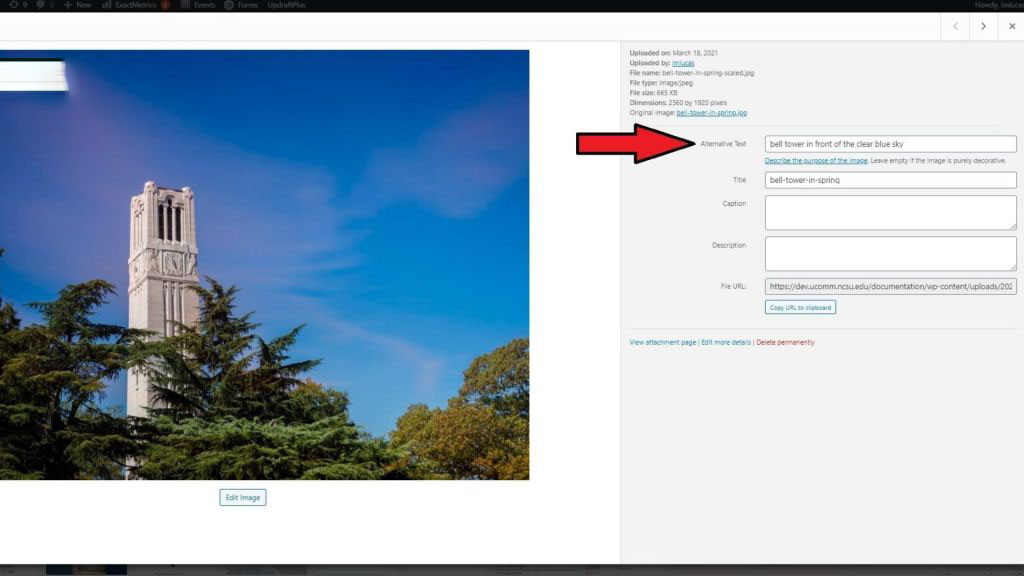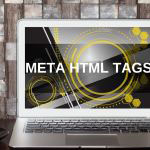Have you ever encountered a website where images don’t load properly, leaving you empty boxes and confusing captions like “Image001.jpg”? Frustrating, right? Well, that’s where image alt-text comes in. It’s like a voice for your images, describing their content and making your website accessible to everyone including those with visual impairments and even search engines! But alt-text isn’t just about accessibility. It’s also essential for SEO or search engine optimization . You aid search engines in comprehending your photos and raise the ranking of your website for those keywords by incorporating pertinent keywords into your alt-text. This will equip you with the knowledge to choose the right keywords for your image alt-text, making your website SEO-friendly and user-friendly at the same time.
What is Image Alt-Text, and Why is it Important?
Imagine a bus ling library. Books are everywhere, but labels are necessary. Image alt-text f is nearly impossible, similar to search engines . It’s a hidden description embedded within the image code that tells search engines (and screen readers for visually impaired users) what the image is about.
Here’s why image alt-text is essential:
- Accessibility: Alt-text allows visually impaired users to understand the content of images using screen readers.
- SEO: Search engines can’t “see” im ges directly. They rely on alt-text to understand the image’s content and associate it with relevant searches.
- User Experience: Proper alt-text ensures that even if images fail to load, users can still grasp the webpage’s content.
Choosing the Right Keywords for Image Alt-Text

Now that you understand the significance of picture alt-text let’s begin by including relevant keywords. Here are some fundamental principles to follow:
Focus on Clarity and Accuracy
The primary purpose of alt-text is to describe what I will be accurate about. While keywords are important, prioritize clarity over key order stuffing. A good alt-text should be concise (ideally under 125 characters) and provide a clear understanding of the image’s content.
For instance, instead of using “mountain landscape” as the alt-text for an image showcasing a majestic mountain range with a winding river flowing through it, a better option would be “Panoramic view of snow-capped mountains with a winding river in the foreground.” This descriptive alt-text includes the keyword “mountain” and paints a clearer picture for users and search engines.
Target Relevant Keywords
Once you’ve established clarity, consider incorporating relevant keywords that users might search for. Here’s how:
- Identify relevant keywords: Doing keyword research can help you optimize your website content and images for search engines. Resources like Google Keyword Planner can be helpful for this.
- Integrate keywords naturally: Don’t force keywords into our alt-text. It should read naturally and flow seamlessly with the description.
For example, if you run a bakery website and have an image of a chocolate cake with rich frosting, your alt-text could be “Decadent chocolate cake with rich chocolate frosting—perfect for any occasion.” This alt-text incorporates the keyword “chocolate cake” while remaining clear and concise.
Prioritize Long-Tail Keywords

While including your main keyword is beneficial, consider incorporating long-tail keywords. Long-tail keywords are more specific phrases users might search for.
For instance, instead of using “pasta” as the alt-text for an image, you could use “Traditional spaghetti dish with homemade tomato sauce and parmesan cheese.” This would target users specifically searching for “spaghetti” recipes.
Avoid Keyword Stuffing
Try to avoid cramming every relevant keyword into our alt-text. Search engines penalize keyword stuffing, creating a poor user experience. Focus on a natural flow of information that incorporates relevant keywords strategically.
Familiar Image Alt-Text Mistakes and How to Avoid Them
Even with the best intentions, crafting an image alt-text can lead to unintended tonal errors. Here are some common mistakes to look out for:
- Empty Alt-Text: Leaving the alt-text field blank is a missed opportunity. Every im ge should have a description, no matter how simple.
- Overly Generic Alt-Text: Don’t settle for generic descriptions like “picture” or “object.” Provide details about what the image shows.
- Keyword Stuffing: While keywords are essential, cramming them unnaturally into alt-text hurts readability and can be flagged by search engines.
- Inaccurate Descriptions: Ensure your alt-text accurately reflects the mage content. Misleading descriptions can confuse users and search engines.
- Neglecting Decorative Images: Even decorative images can benefit from alt-text. A brief description like “Decorative floral pattern” helps maintain context for screen reader users.
By being mindful of these common pitfalls, you can craft clear, concise, and informative alt-text that enhances accessibility and SEO for your website.
Crafting Effective Image Alt-Text: Best Practices

Here are some additional tips to remember when crafting effective image alt-text:
- Skip “Image of” or “Picture of”: Search engines already understand the image is an image. Get straight to the description.
- Be Specific: Don’t use generic terms like “scenery” or “object.” Describe the specific elements within the image.
- Consider Context: Relate the image description to the surrounding content on the webpage for better SEO.
- Write for Users: Remember, alt-text is for humans, too! Keep it clear, concise, and easy to understand.
Optimizing Your Website with Powerful Image Alt-Text
You may create efficient image alt-text that improves your website’s SEO and accessibility by adhering to these rules. Remember, well-written alt-text is a win-win situation:
- Improved User Experience: Clear descriptions ensure users understand your content even if images fail to load.
- Enhanced Accessibility: Visually impaired users can access image information through screen readers.
- Boosted SEO: Search engines can better understand your content and improve your website’s ranking for relevant keywords.
Ready to improve your image SEO? OCH , a creative digital marketing company, can help! Our team of SEO specialists can help you create effective alt-text for images, optimize the content on your website, and make a thorough SEO plan to increase organic traffic and enhance your online visibility. Explore OCH’s SEO services today and unlock the full potential of your website! Implementing these suggestions and utilizing OCH’s experience may transform your picture alt-text from an afterthought into a potent tool for website accessibility, user experience, and SEO success.



